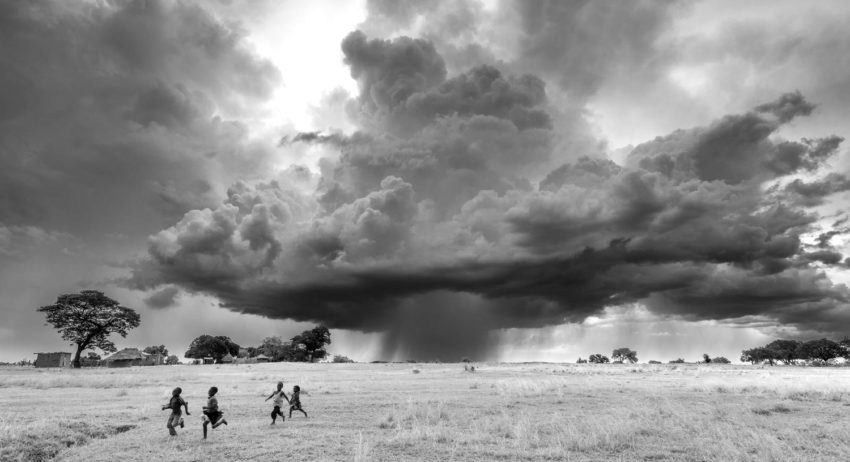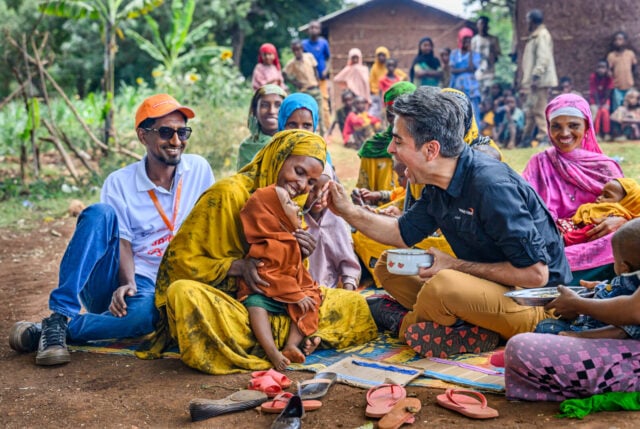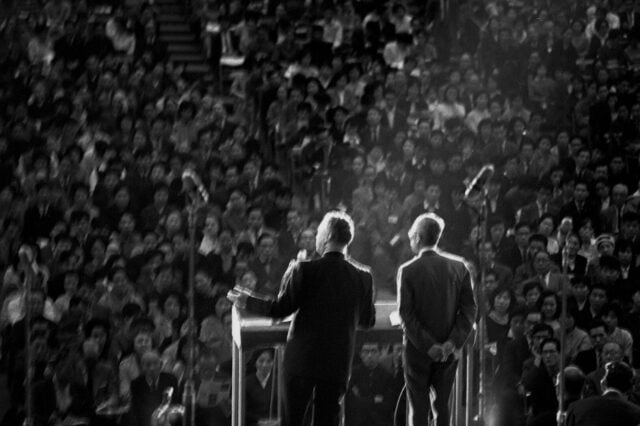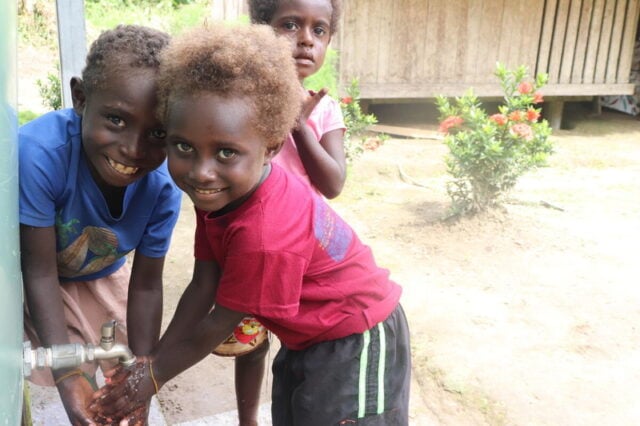World Vision’s award-winning photographers travel around the world every year, capturing moments of God’s grace and faithfulness as we follow Jesus’ example to show unconditional love to the poor and oppressed. They bring back stories that inspire us to action and compassion.
Discover what’s it like behind the scenes during some of these moments, published quarterly in the 2016 issues of World Vision magazine.
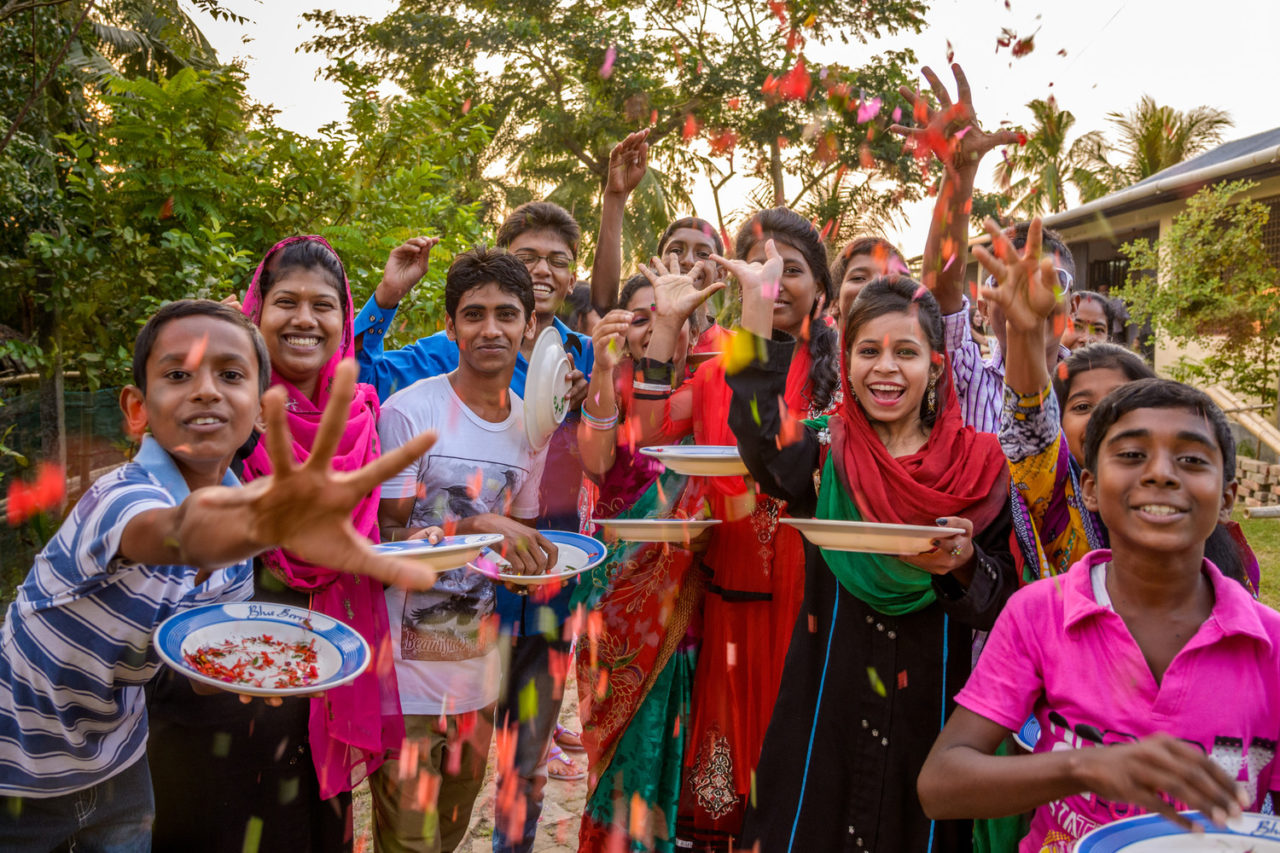
Truly welcome in Bangladesh
Written and photographed by World Vision photographer Jon Warren.
Nikon D800 camera
24mm lens, 1/125th at f5.6, 500 ISO
* * *
What right do we have to do photography, especially of people?
Lately, it seems like everyone I travel with is a photographer. If they don’t have an SLR, they have phones. Something or someone interesting? Proof that you were there? Click, click, click. Even local people are filming on their phones and, horror of horrors, they do selfies too.
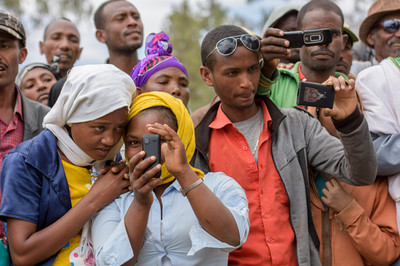
For the first time in my career, I’ve found myself putting my camera away sometimes. I need to remember why I took up a camera in the first place and my unique role as a photographer for World Vision.
If I claim to be an advocacy photographer, a loudspeaker for people who need their voice amplified, I first need to be invited into their lives. I need to hear their concerns, see what is lovely about them, and then find the right moment to share with others through my camera.
Along with some World Vision supporters, I visited youth groups in Bangladesh. These teenagers live in a society that pushes them toward child marriage and often relegates girls to a lower status. The World Vision youth clubs promote decency, tolerance, and respect, and train the kids to speak boldly as leaders with goals for each other and their community.
Instead of waiting for us inside the building where they gather, the young people from one group ran out as soon as we arrived and showered us with handfuls of flower petals. I had a 24mm lens on my Nikon D800, set to aperture priority automatic so I could react quickly. I was happy to trust my camera’s meter in the soft evening light, getting off a few frames before the flowers were all gone.
Nothing is more wonderful than feeling a resounding welcome when first approaching a story. The youth in these clubs wanted us to hear their stories, understand their concerns, and share their pride in their accomplishments. They wanted me to do photography because the pictures were for them.
Once inside, my job became more difficult. Dingy interiors and PowerPoint presentations rarely lend themselves to good images. I’m thankful for modern cameras with high ISO capability, autofocus, and stabilized lenses.
But Bangladesh is a spectacularly diverse and colorful place, so I had many more opportunities to fill in the story.
When you do photography on behalf of others, make sure you’re first invited in. And if you keep their best interests at heart, you’ll tell the story they want to tell — with an obligation to do it well.
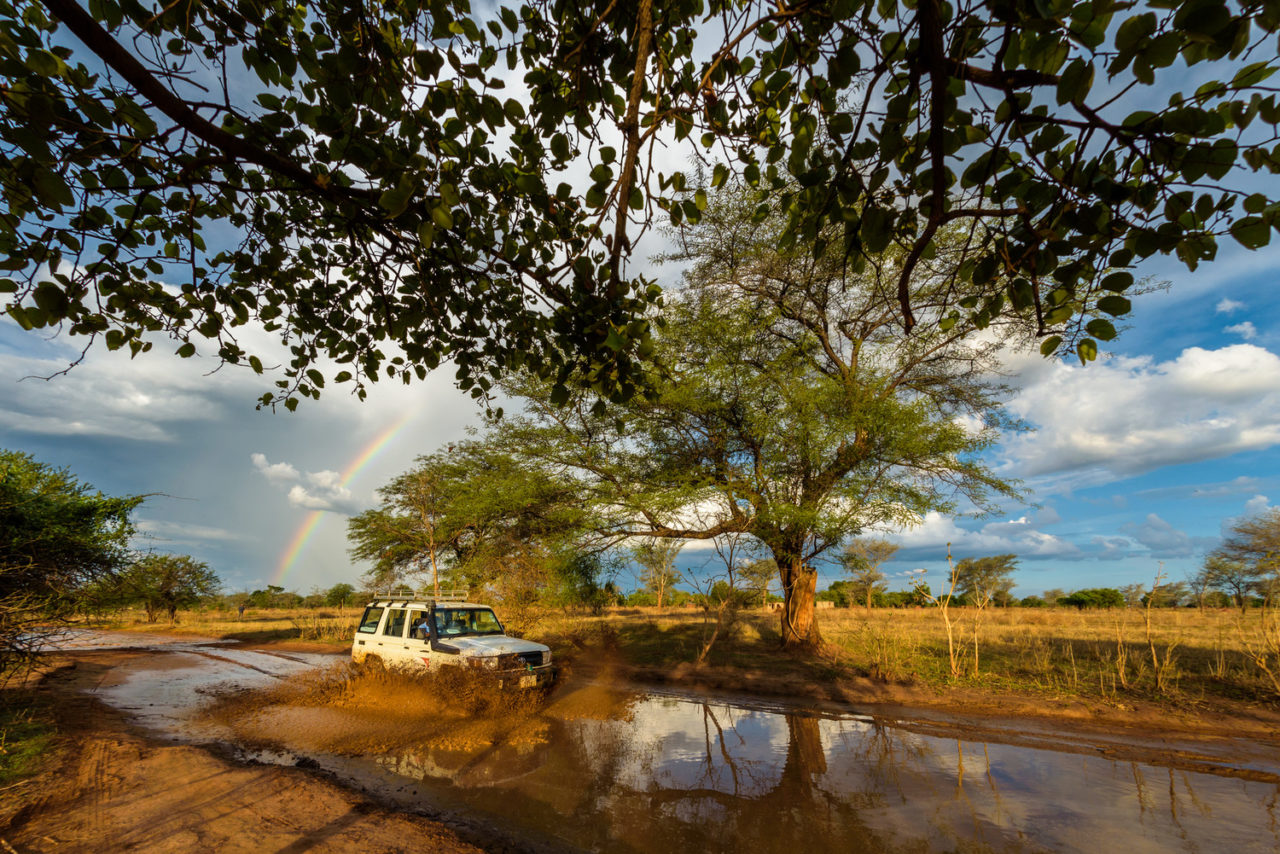
This rainbow is proof that good can come from bad
Written and photographed by World Vision photographer Jon Warren
Nikon D750 camera
15mm Sigma fisheye lens, 1/1000th at f/8, 250 ISO
* * *
Bad weather leads to good photographs. I remind myself of this every time the weather turns terrible when I’m on assignment in the field. The challenge is getting out there to cover it.
That’s when staff drivers, like Davison Phiri in Zambia, come in. World Vision has a penchant for choosing to work in the most remote, inaccessible locations. Our drivers take us there. So, while I may be anxiously watching the sky as rainstorms sweep through the area, Davison isn’t bothered at all when the road turns into a muddy river.
And then I receive a gift — a rainbow appears.
Davison patiently agrees to let me out of the vehicle so I can photograph the 4×4 as he splashes past. I choose a 15mm fisheye lens to capture as much of the scene as possible, holding it close to the ground and using the motor drive to increase my odds of getting a frame where the splashes are just right.
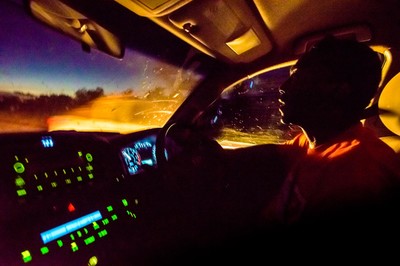
We chat as we bounce along the rough roads for hours. World Vision drivers seem to know more about our work than anyone else. They go everywhere, hear everything, and see communities grow step by step. Davison can tell you more about our water projects than many engineers.
Davison’s service goes far beyond driving and monitoring water programs. He and his wife, Dorothy, do more. Together they run a ministry to provide schooling for children with disabilities, orphans, and other vulnerable children.
World Vision works in difficult places, tackling heartbreaking issues. The children Davison and Dorothy are helping come from terrible circumstances.
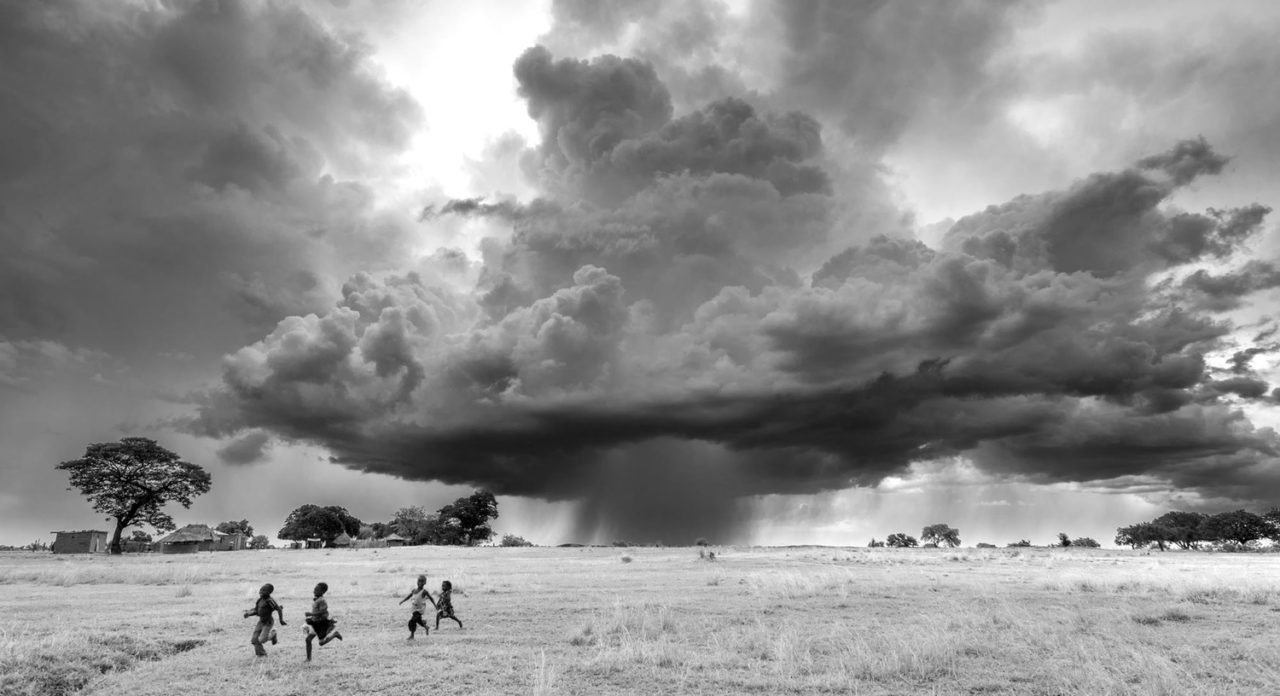
On the same trip, the stormy weather provides another visual gift — towering clouds and a fierce squall. These photographs wouldn’t have come during sunny weather. Without the rain, there would be no rainbow. The rainbow is proof: Good can come from bad.
It’s something I think about when the clouds set in and when I think of Davison.

Keep the camera ready
Written and photographed by World Vision photographer Laura Reinhardt
Nikon D610 camera
24-70mm lens (shot at 29mm), 1/160th at f/3.6, 640 ISO
* * *
I haven’t followed NBA basketball for a while, so I felt no nerves at meeting an NBA star. If it had been the Detroit Pistons’ Isiah Thomas from my youth, and not the current Boston Celtics’ point guard Isaiah Thomas, I probably would’ve experienced a few butterflies. But instead, I only had the usual concerns of wanting to cover this event the best I could, capturing all the angles under less-than-stellar lighting conditions.
If I was ignorant as to who this Isaiah Thomas was, the kids at the elementary school in Tacoma, Washington, certainly weren’t. I was there to cover a distribution of books that the former University of Washington star had donated through World Vision. Thomas hails from Tacoma and wanted to give back to his hometown. (He was still playing for the Sacramento Kings at the time.)
A buzz swept through the school library as he entered. I was surprised that Thomas was not much taller than I am — about 5 feet 9 inches. I think this made him much more accessible to the kids than some of his NBA counterparts who would have towered over them.

He took the time to answer the kids’ questions during a short Q&A. One child asked, “Why did you choose to come here?”
“Because you’re special,” answers Thomas. Then, since it was spring and school was almost out, he encouraged them to take the time to read over the summer.
I liked him immediately and loved his ready smile for the kids. I also appreciated that he was willing to pose for a variety of pictures.
After covering him in action — handing out books, talking to the kids, talking with the World Vision team — I knew I wanted to have him standing surrounded by a sea of children holding the books they’d just gotten from him. That felt like the perfect lead photo for the article.
I took several shots of that to make sure that I had a variety from which to choose. Then I said, “Okay, we’re good.” Immediately, the children turned and almost in unison asked him: “Can I have your autograph?” holding out their brand-new books to him.
He burst out laughing, and I was able to capture that genuine, unforced smile.
I’ve always heard that sometimes after the “official” photo shoot is over, photographers are able to capture the best, most relaxed pictures. People let down their guard and offer up genuine emotions.
And that’s why over and over I’ve heard not to put the camera away and definitely not to scroll through photos. Thankfully, I didn’t do either that day — and so I captured the boyish delight of this NBA All-Star who made it big and is giving back.
Read more testimonies from World Vision photographers in our Life Frames series.
